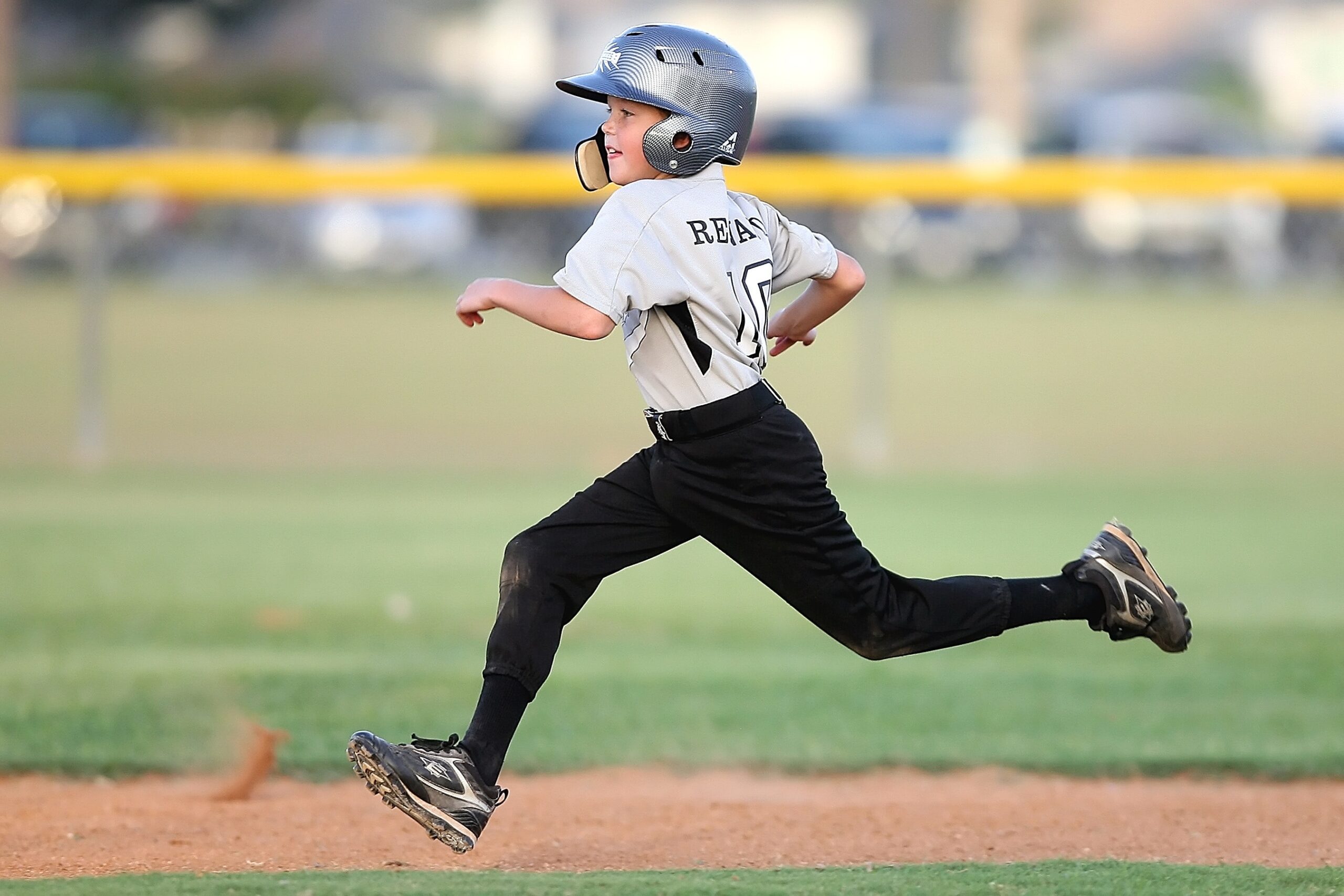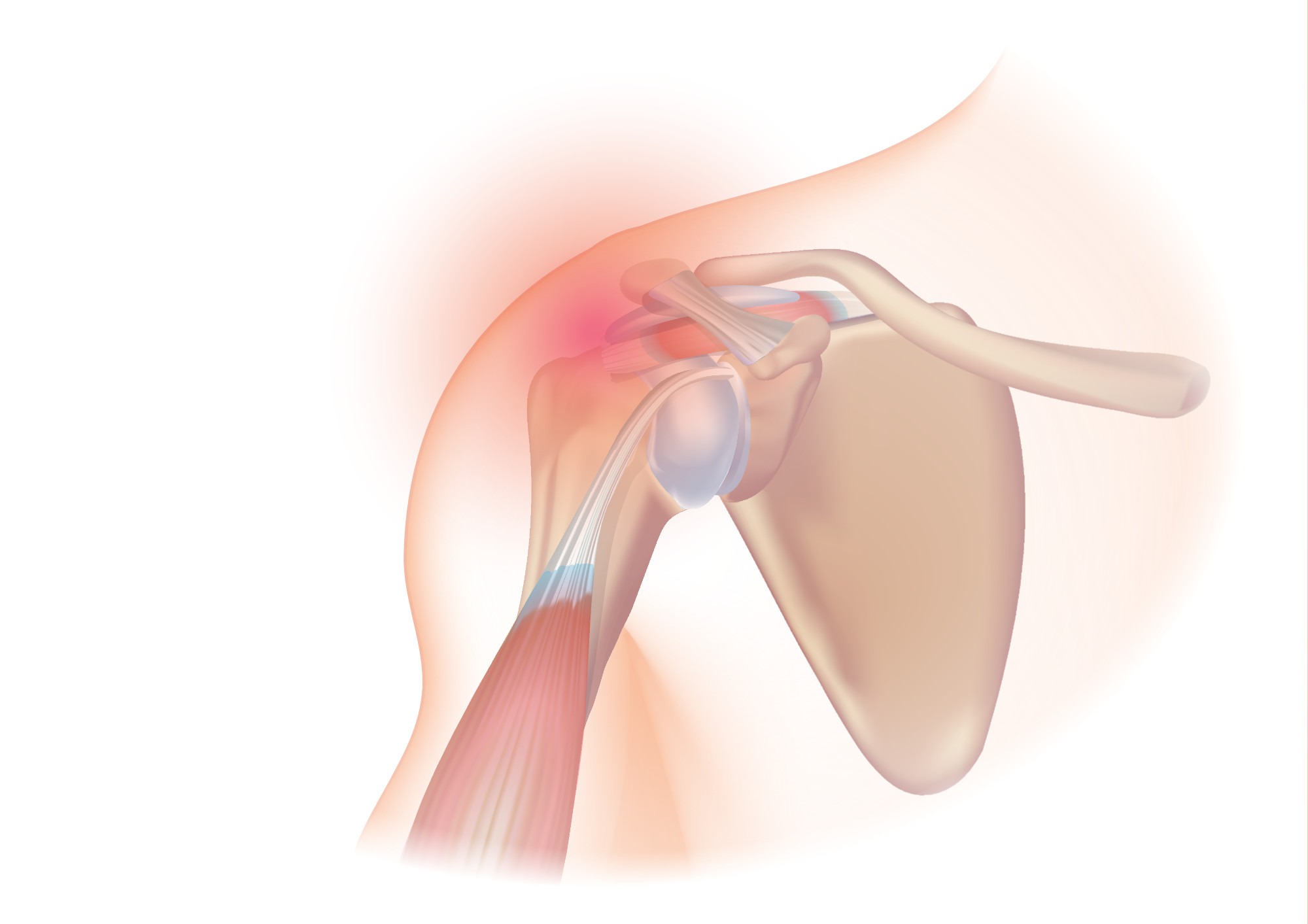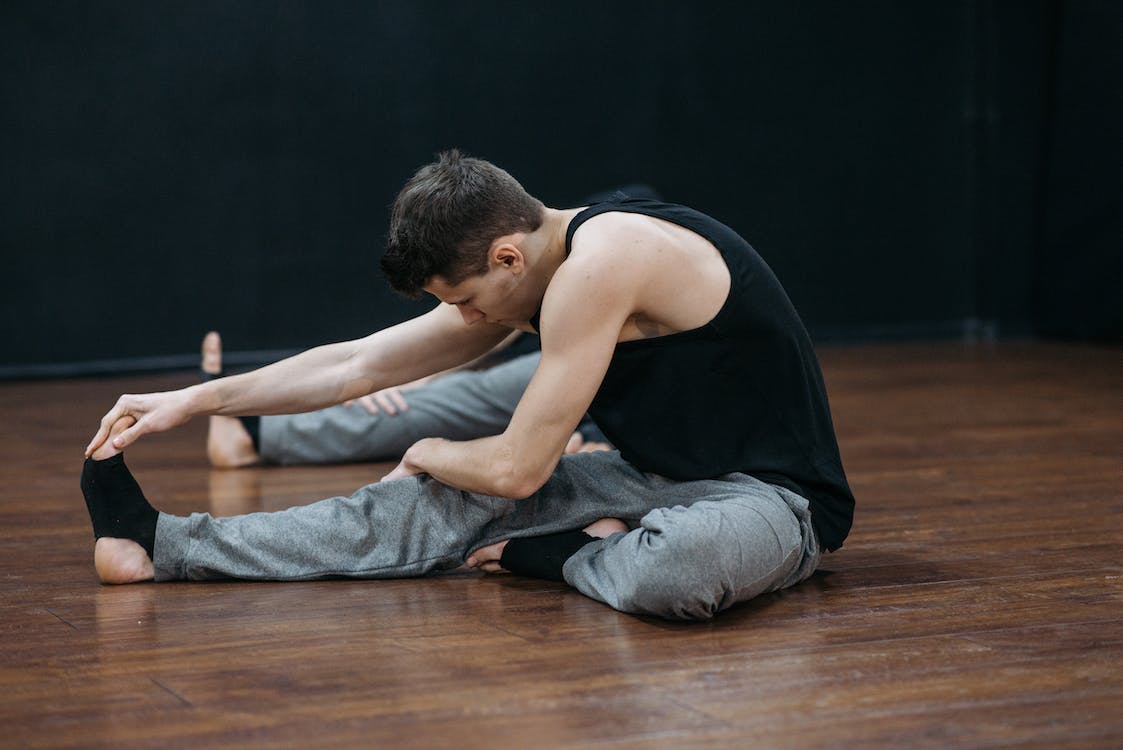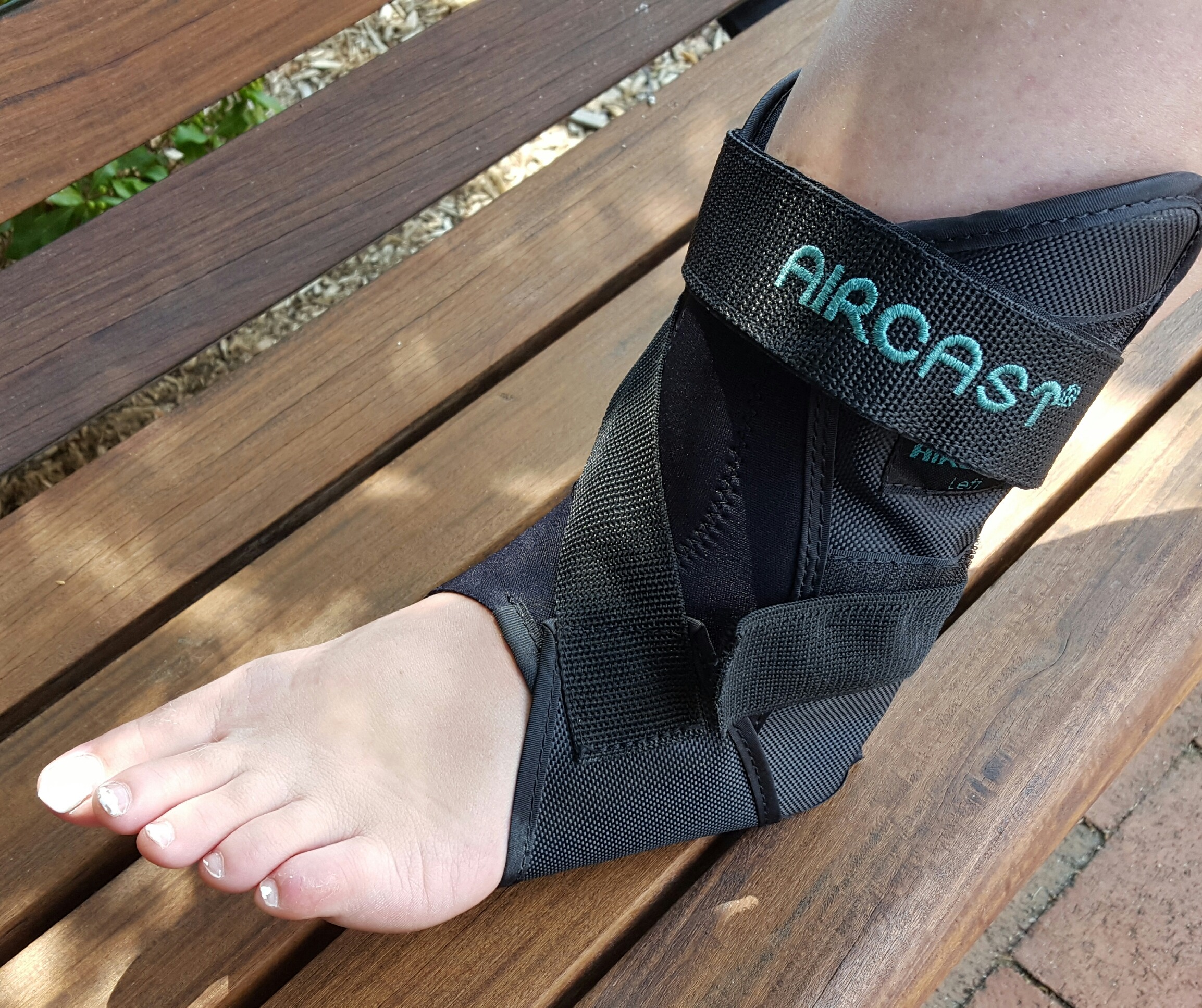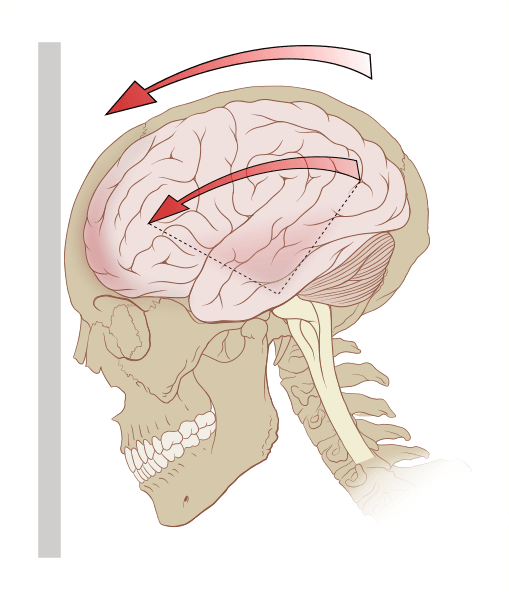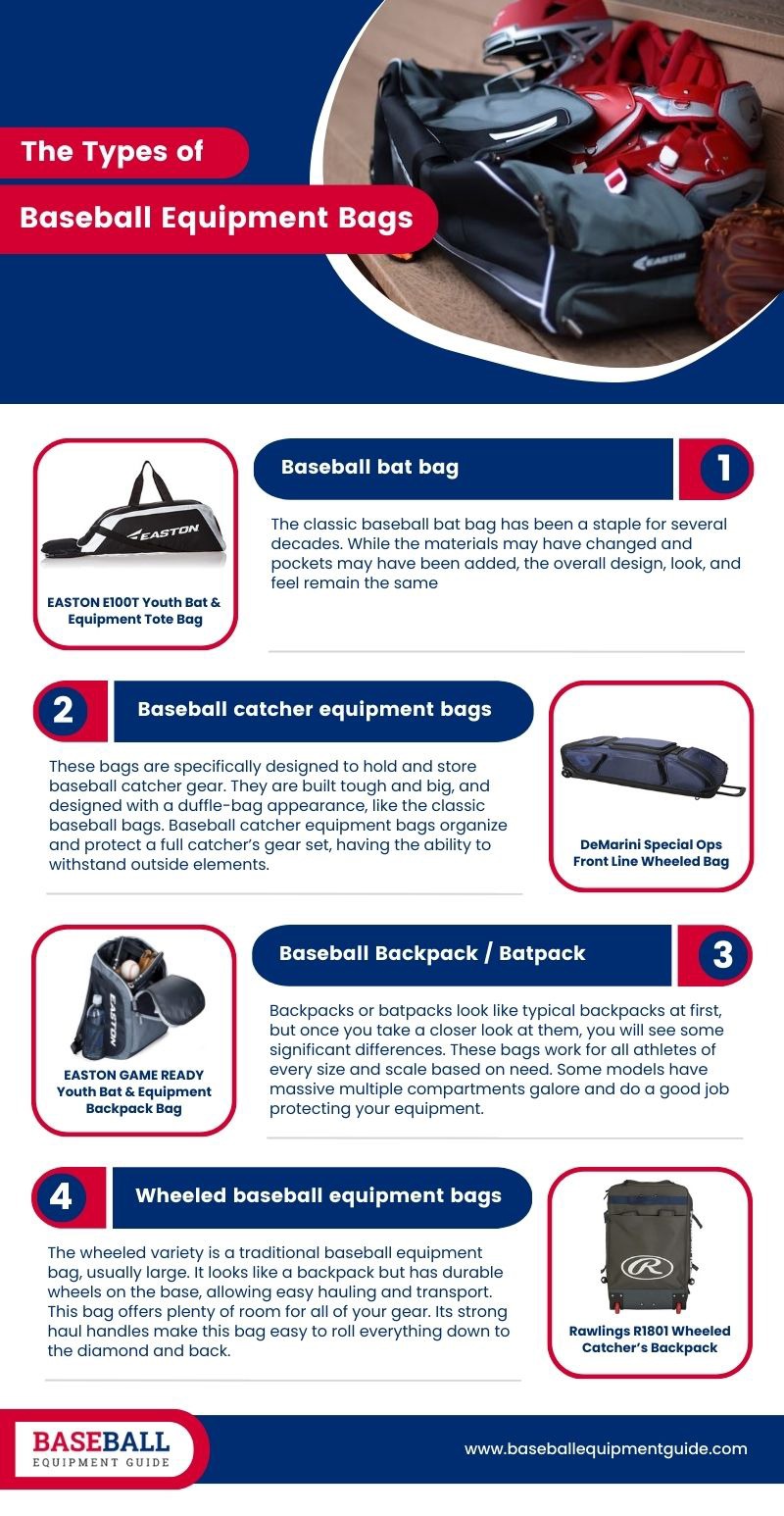Baseball is a physical sport that requires stamina, coordination, and agility, as well as a variety of motions like throwing, catching, sprinting, and sliding. Even while wearing protective gear like helmets, gloves, and padding, baseball players can still get injuries while playing. Several factors, including collisions with other players, overuse, improper technique, and spontaneous movements, can cause these injuries. In this post, we’ll examine some of the most frequent injuries suffered by baseball players. To ensure the safety and health of baseball players, we will also discuss how to treat and prevent these injuries.
Rotator Cuff Injuries
One of the most frequent injuries suffered by baseball players, particularly by pitchers, is rotator cuff injury. Four muscles and tendons make up the rotator cuff, which helps to support the shoulder joint by joining the shoulder blade to the upper arm bone. These muscles are in charge of the shoulder joint’s motion and control, which is crucial for throwing, pitching, and other overhead motions.
Baseball overhead throwing motions and overuse of the rotator cuff muscles and tendons can result in rotator cuff injury. This can range from rotator cuff tendinitis, a modest inflammatory condition, to serious rotator cuff muscle or tendon rips that may require surgery.
Pain, weakness, a restricted range of motion, and trouble doing overhead movements are all signs of rotator cuff injuries. A rotator cuff injury in a pitcher can also be indicated by a drop in velocity or accuracy.
An arthroscopy, an MRI, or a physical examination can all be used to diagnose rotator cuff problems (a minimally invasive surgical procedure that allows the doctor to see inside the shoulder joint).
The degree of the injury determines the course of treatment for rotator cuff injuries. Rest, ice, physical therapy, and anti-inflammatory medications can all be used to treat minor injuries. Surgery may be necessary for more serious injuries to reattach the torn muscle or tendon.
Baseball players should take measures to increase their shoulder strength and flexibility to prevent rotator cuff injuries, including rotator cuff workouts, stretches, and maintaining appropriate throwing mechanics. Also, it’s critical to warm up correctly before games and to steer clear of overuse and excessive tossing, especially for pitchers.
Elbow Injuries
Baseball players frequently suffer from elbow injuries, especially pitchers. The repetitive, high-intensity motion of baseball pitching can be quite taxing on the elbow joint and lead to a number of injuries.
Medial epicondylitis, commonly referred to as “pitcher’s elbow,” is a common type of elbow injury in baseball players. It is an inflammation and swelling of the tendons that connect to the elbow’s medial epicondyle, a bony bump. The symptoms of medial epicondylitis include elbow pain and discomfort on the inside, wrist and hand weakness, and difficulty grasping.
An ulnar collateral ligament (UCL) tear in baseball players’ elbows is another frequent injury. The inner forearm bone and upper arm bone are linked by a band of tissue called the UCL. The stabilization of the elbow during the throwing motion depends on this ligament. A rapid, traumatic occurrence, such as colliding with another player or repetitive stress to the ligament, can also lead to a UCL tear. A torn UCL can be identified by pain on the inside of the elbow, a decrease in throwing velocity, and difficulty controlling the ball.
The severity of an elbow injury will determine how it is treated. Rest, ice, physical therapy, and anti-inflammatory medications can all be used to treat minor injuries. More serious injuries, like a torn UCL, can necessitate Tommy John surgery to restore the injured ligament.
Baseball players should take precautions to lessen the strain on their elbow joints to prevent injuries, such as warming up correctly before games, utilizing proper mechanics when throwing, and limiting their throwing. In order to minimize overuse injuries, pitchers, in particular, should keep track of their pitch counts and take enough time off between games. Exercises for forearm, wrist, and elbow strengthening can also aid in reducing the risk of accidents.
Hamstring Strains
A common problem that can happen to baseball players is hamstring strain. The hamstrings are a trio of muscles on the back of the thigh that support hip extension and knee flexion. Baseball involves a lot of running, sprinting, and sliding, all of which put a lot of stress on these muscles.
When one or more of the hamstring group’s muscles are overstretched or damaged, a hamstring strain results. A hamstring strain may cause discomfort, bruising, swelling, weakness, and trouble running or walking.
Depending on the severity of the injury, hamstring strains can range from minor to severe. Little tears in the muscle fibers may only be present in mild strains, which can be treated with rest, ice, compression, and elevation, or known as the RICE protocol. In order to regain strength and range of motion, more severe strains could necessitate medical care, including physical therapy and rehabilitation activities.
Baseball players can take measures to keep their hamstring muscles flexible and strong to avoid hamstring strains. Regular strengthening and stretching activities, such as lunges and leg curls, can help you achieve this. Along with gradually increasing their activity level, athletes should steer clear of quick, explosive movements that put too much strain on their hamstrings. Moreover, injuries can be prevented by doing the right warm-up and cool-down activities prior to and following play. To reduce the danger of sliding or tripping, which can also result in hamstring injuries, players should wear appropriate footwear with sufficient support and traction.
Ankle Sprains
Baseball players frequently sustain ankle sprains, especially those who play in the outfield or on the base paths. An ankle sprain happens as a result of an abrupt ankle twist or turn when the ligaments that keep the bones of the ankle joint together are strained or ruptured.
An ankle sprain may cause discomfort, bruising, swelling, and trouble moving or bearing weight on the injured ankle. Depending on the severity of the injury, ankle sprains are categorized as mild, moderate, or severe. Whereas severe sprains result in the complete tearing of one or more ligaments, mild sprains only cause modest straining or tearing of the ligaments.
Physical therapy exercises are frequently used to increase the strength and range of motion in the ankle joint, and the RICE protocol in treating ankle sprains. It might be required to immobilize the ankle and encourage healing using a brace or cast for more severe injuries.
Baseball players should take measures to increase their stability and balance, such as doing balancing drills on uneven surfaces and donning supportive shoes to prevent ankle sprains. Injury prevention can also be aided by performing the proper warm-up and cool-down exercises before and after a game. Players should also avoid playing on uneven or slippery surfaces and pay attention to their footing when running and turning. To prevent overuse injuries, it’s also crucial to gradually increase activity duration and intensity.
Concussions
Baseball players are also susceptible to catastrophic injuries like concussions, especially those who play in the infield or outfield. When the brain is jostled or agitated inside the skull, usually as a consequence of a blow to the head or body, a concussion, a type of traumatic brain injury, results.
A concussion can cause a wide range of symptoms, but some of the more common ones are headache, dizziness, disorientation, memory loss, nausea, and sensitivity to light or noise. Sometimes after an injury, symptoms may not show up right away but instead may take time to manifest.
Concussions are categorized as mild, moderate, or severe, depending on the severity of the injury. Milder concussions may cause momentary disorientation or confusion, whereas more serious concussions may cause protracted unconsciousness or serious cognitive impairment.
Most concussion treatments include rest and symptom control measures like painkillers or anti-nausea drugs. To monitor brain function and avoid problems, hospitalization or specialized therapy may be required in more serious situations.
Baseball players can take precautions to lessen their chance of suffering head injuries in order to prevent concussions. Using the proper safety equipment, such as helmets or headgear, and avoiding high-risk plays, like colliding with other players, may be part of this. Also, athletes should be aware of the symptoms and signs of a concussion and seek medical assistance right away if they believe they may have had a brain injury. Last but not least, athletes should be aware of their surroundings and stay away from playing on fields with sharp edges or other dangers that could enhance the chance of suffering a head injury.
Finger Injuries
Baseball players frequently get finger injuries, especially fielders and batters. Because they are frequently in contact with hard balls moving quickly, as well as the pressures produced by throwing, catching, and grasping a baseball bat, the fingers are prone to damage.
Finger injuries can range in severity from simple scrapes and scratches to fractures and dislocations. The affected finger may be painful, swollen, stiff, and difficult to move or bend, among other symptoms.
Baseball players can take precautions to safeguard their fingers while playing to prevent injuries. To cushion and support the fingertips, this may need donning the proper protective gear, such as batting gloves or fielding gloves. Players should be aware of how they are holding the ball and avoid applying too much force to their fingertips when throwing or catching it.
Protective Gears to Use to Prevent Injuries
There are several types of protective gear that baseball players commonly use, including helmets, gloves, catcher’s gear, shin guards, protective cups, and mouthguards. Batters and base runners wear helmets to shield their heads from the force of a ball or collision.
Fielders use gloves to better grasp the ball when catching or throwing while also shielding their hands from the ball’s impact. In order to improve their grip on the bat and lower their risk of blisters and other hand ailments, hitters wear batting gloves. Catchers are protected from ball impact and collisions by specialized equipment. Infielders use shin guards to cushion the impact of sliding runners on their shins and ankles. While some athletes use mouthguards to shield their teeth and mouth from impact.
Some athletes may also wear additional padding or braces to guard against particular sorts of injuries in addition to this protective equipment. To lessen the chance of injuries while playing, it is crucial for players to wear the necessary protective equipment and to make sure it is properly fitted.
If you have such protective gear, going to practices or a major game shouldn’t put your expensive, well-made, and likely rather expensive baseball equipment at risk of being broken or damaged. You will need a reliable baseball equipment bag to store, safeguard, and organize your priceless baseball equipment for your games and practices. Check the infographic below to learn more about the different baseball bags available.
Baseball players are susceptible to a range of injuries. Many of these injuries can be avoided, though, if the right precautions are taken, such as using the right training methods, conditioning, and protective gear. Due to the significant number of high school baseball players in the United States (482,629), it is crucial that athletes recognize the warning signs and symptoms of injuries and seek immediate medical assistance to stop additional harm. Baseball players can lessen their chance of injury and keep playing their favorite sport by taking the proper precautions and caring for themselves.

